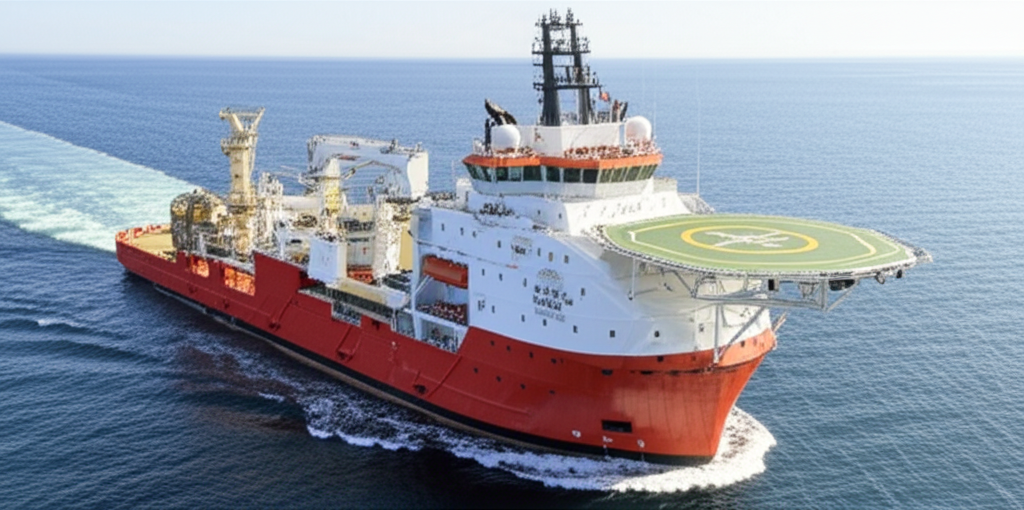Sonardyne Technology Selected for Energy Vessels
Sonardyne, a company specializing in underwater technology, will provide equipment for several vessels in the energy sector. These technologies are designed to improve offshore operations. The systems enhance safety and increase efficiency for critical tasks.
Underwater Positioning Systems
The vessels will be equipped with Sonardyne’s underwater acoustic positioning systems. These systems allow precise tracking of underwater equipment. They are crucial for tasks like installing and maintaining subsea infrastructure.
Improved Operational Efficiency
These technologies aim to streamline operations. They provide accurate data for better decision-making. This leads to reduced downtime and increased productivity for energy companies.
Increased Safety Measures
Safety is a primary concern in the energy industry. Sonardyne’s systems offer enhanced monitoring capabilities. This helps prevent accidents and ensures the well-being of personnel and equipment. The technology provides real-time information about the position of assets. It also helps with collision avoidance.
Applications in the Energy Sector
The technology is used in various energy projects. This includes offshore wind farms and oil and gas installations. The systems support construction, inspection, and repair activities. They offer reliable performance in challenging underwater environments.
Commitment to Innovation
Sonardyne continues to invest in research and development. The company aims to provide cutting-edge solutions for the energy industry. Their focus is on delivering reliable, accurate, and user-friendly technology. This commitment helps energy companies operate more safely and efficiently.
Future Outlook
The demand for advanced underwater technology is growing. Sonardyne is well-positioned to meet this need. They offer a range of solutions designed to address the challenges of offshore energy operations. The company’s systems play a vital role in supporting the energy transition.
Source: marinetechnologynews.com




